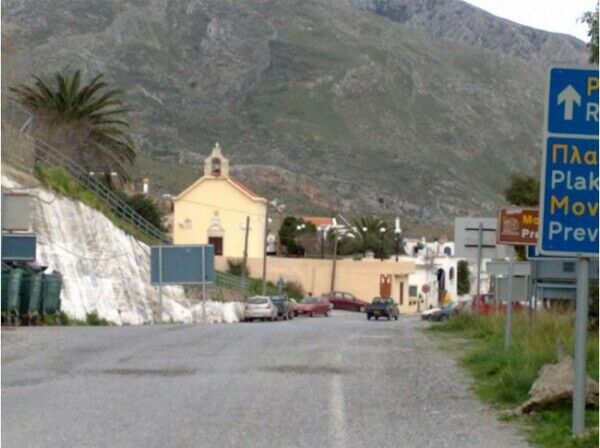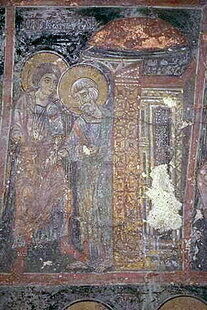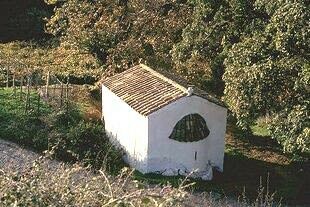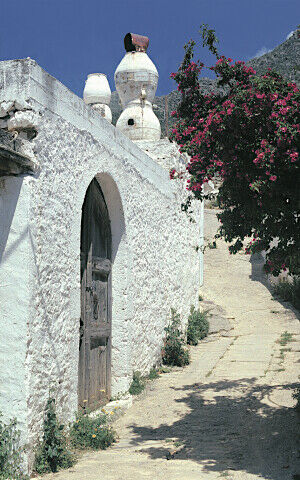"Discover the charm of Asomatos, where history and natural beauty unfold, inviting visitors to immerse themselves in the rich cultural tapestry of the region."
The Municipal District of Asomatos includes the settlements: Asomatos, Kato Moni Preveli, and Piso Moni Preveli. It has 207 inhabitants according to the 2001 census. It is located west of the exit of the Kourtaliotiko Gorge towards the Libyan Sea at an altitude of 230m.
The name Asomatos is believed to derive from the old church of Agioi Asomatoi (Holy Unmercenaries). From the village, the view is unique, overlooking an endless olive grove with small olive trees, a result of the extensive land reclamation and irrigation program.
Noteworthy is the Private Folklore Papageorgoulakis Museum, supported by the effort and love of Papa Michalis for his homeland. The museum awaits you with a rich collection of objects from everyday life, furniture, and tools reflecting Cretan tradition. Objects from the church, historical relics from the years of Ottoman rule, the two World Wars, and subsequent political events provide an insight into the history of Crete. The collection that Papa Michalis managed to create with passion over the last 60 years is housed in his beautiful old house in Asomatos.
The Moni Preveli is administratively affiliated with the Asomatos Municipal District.
Kato Moni Preveli: The Lower Monastery, or the Monastery of Megalo Potami, is now deserted and abandoned. It is dedicated to Agios Ioannis the Baptist. There are deserted buildings that were inhabited by cultivators of monastic land and the supervisors, monks. In the same area were the warehouses for agricultural products and supplies.
Piso Moni Preveli: The view from the monastery is exotic as it overlooks Lake Preveli and the estuaries of the Megalo Potami. The monastery complex was founded by a local lord named Prevelis. It is 37 km from Rethymno and is built on parallel levels due to the slope of the terrain. On the lower level were the stables and warehouses. In the lower courtyard, the spring with the usual inscription is preserved. The old vaulted building, the stable, located west of the spring, is now used as a museum with ecclesiastical items. The church was built in the first half of the 19th century. The icons, after a successful cleaning by the conservators of the Byzantine Antiquities Service, are magnificent. Among the treasures of the Monastery is the miraculous cross of Preveli, which two attempts were made to steal but failed. It played a significant role in the Revolution of 1821 and during the period of the Occupation. It organized revolutionary movements and provided shelter to the persecuted and hungry. The stone bridge over the Megalo Potami, about 1 km north of the beach, is also a beautiful sight.




